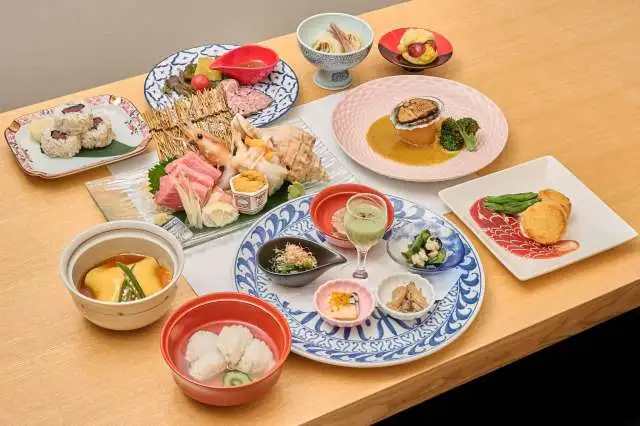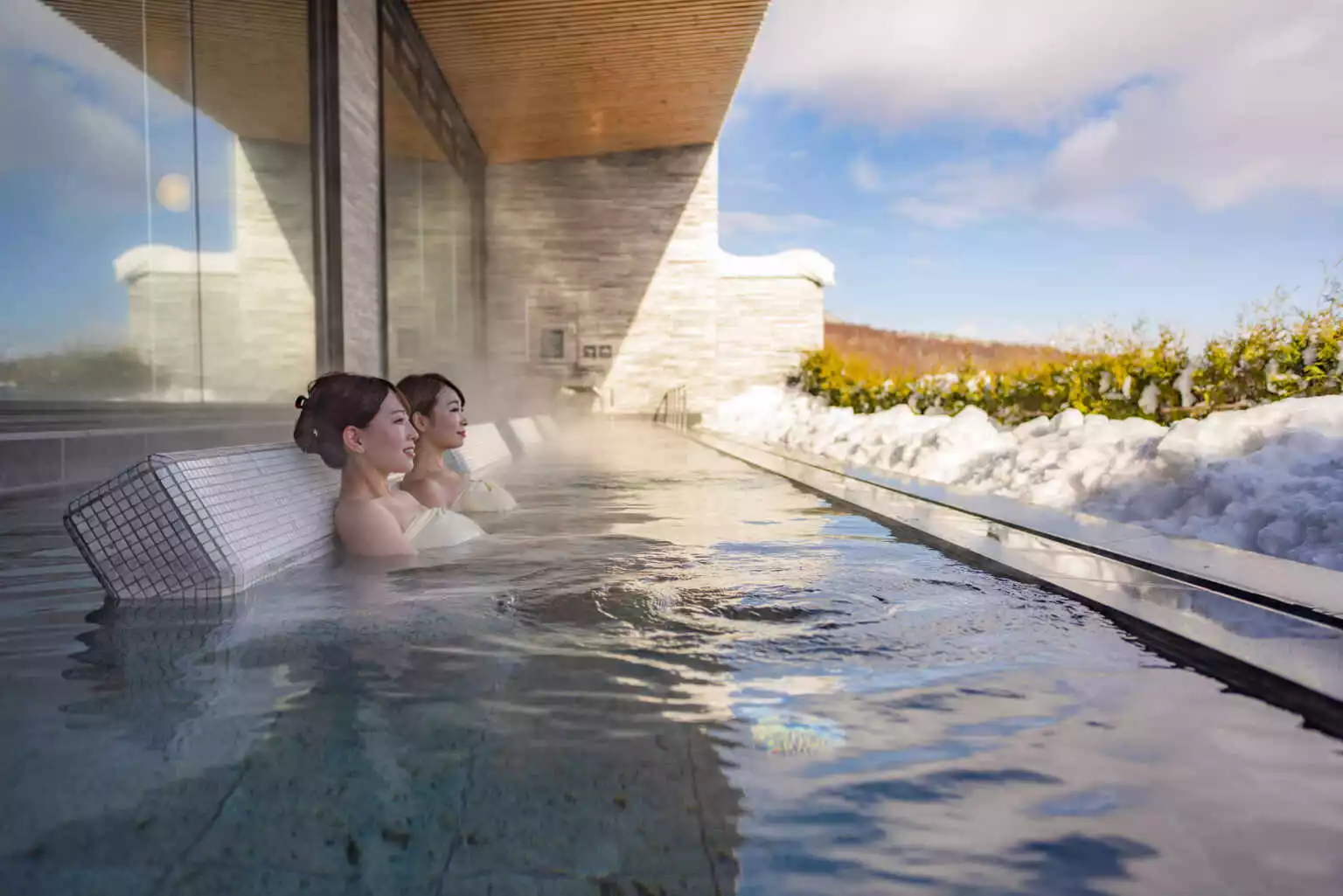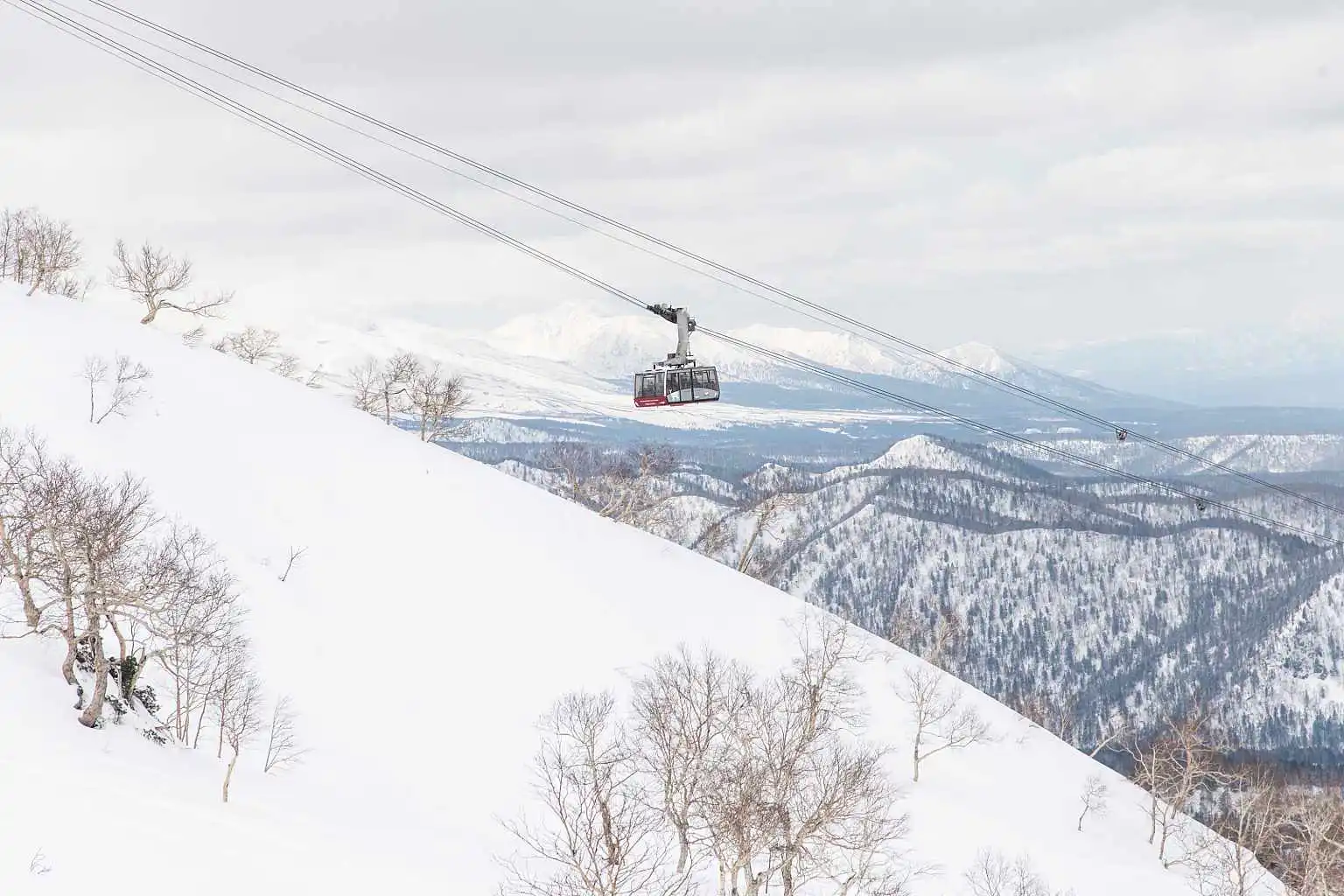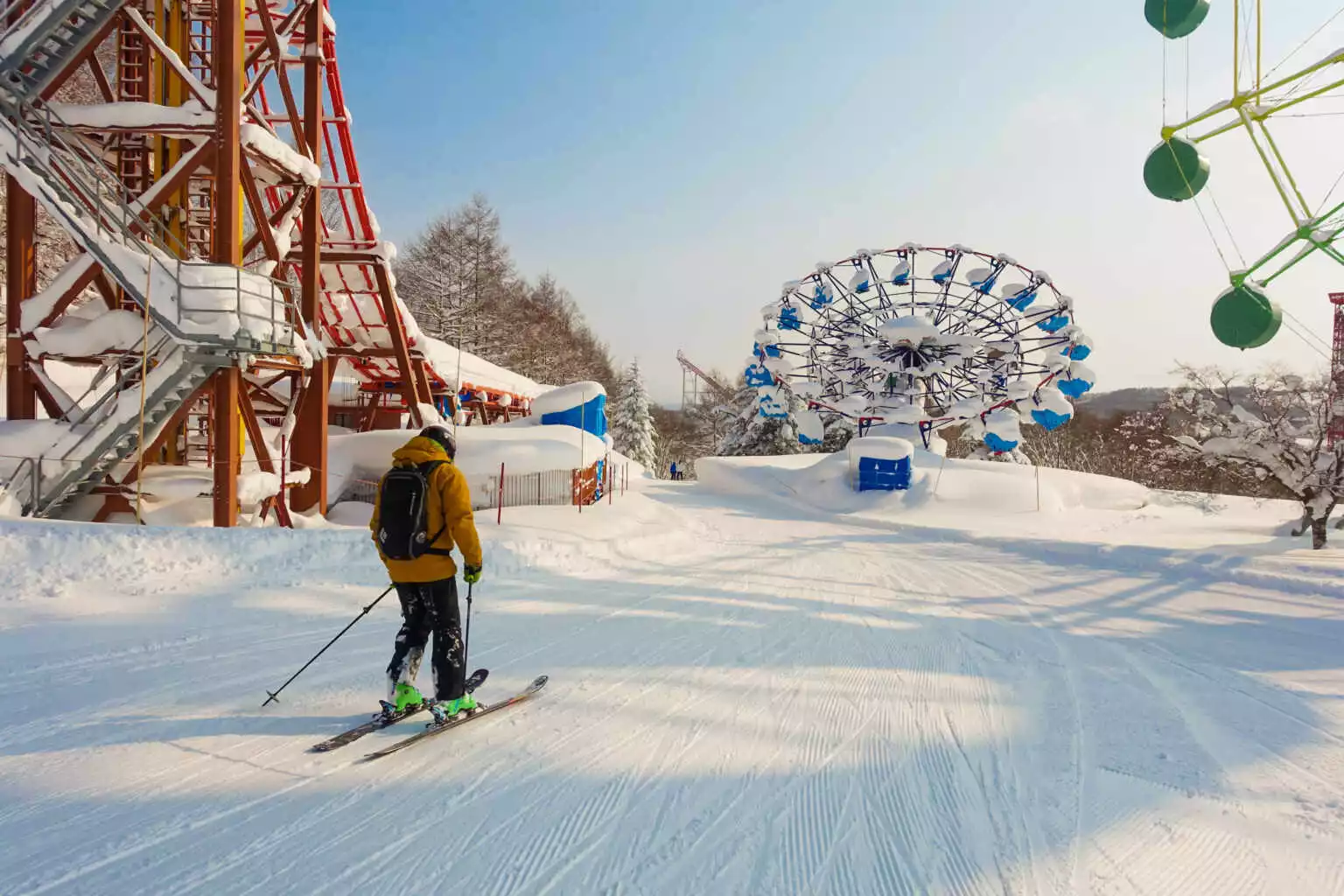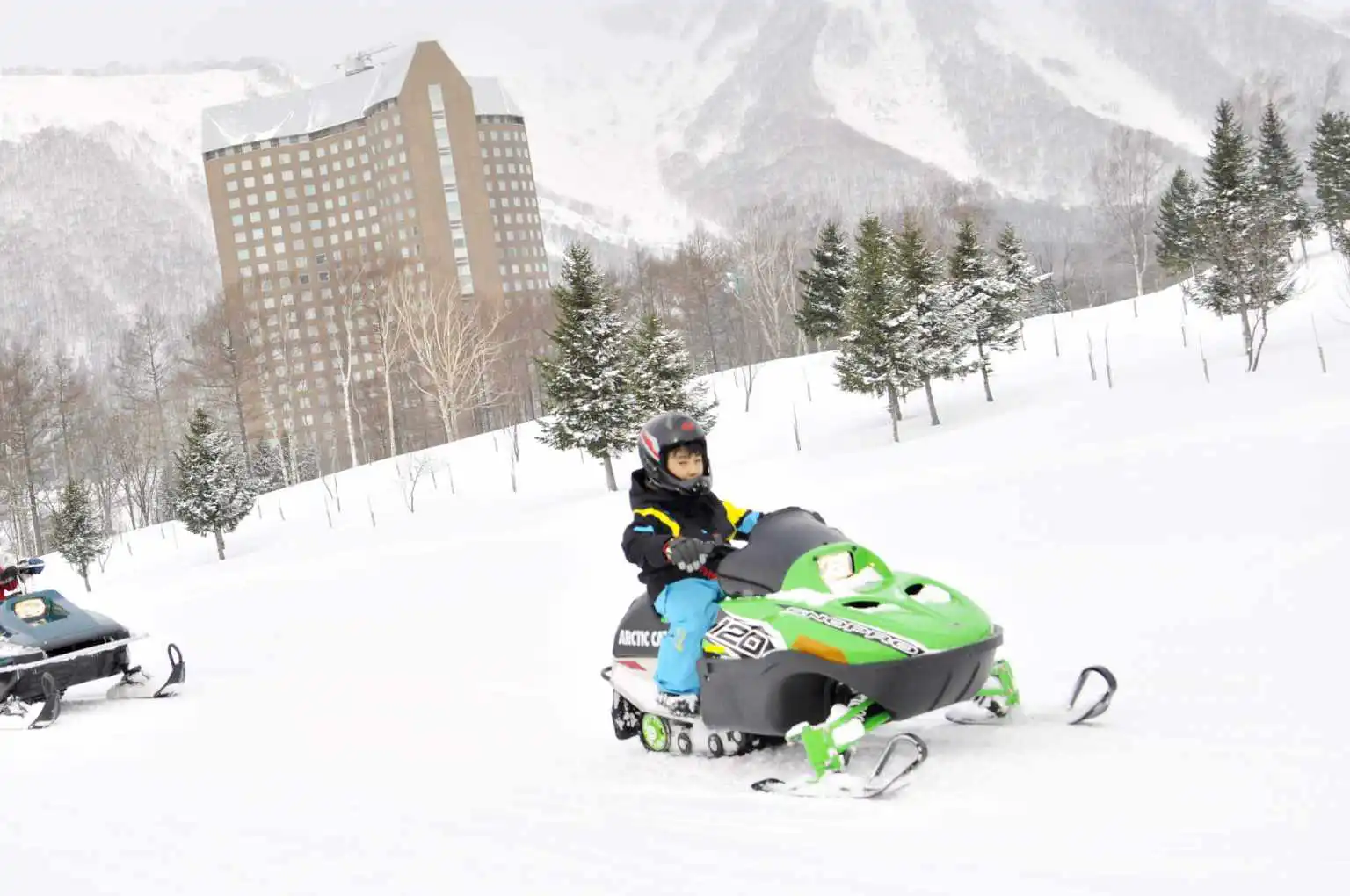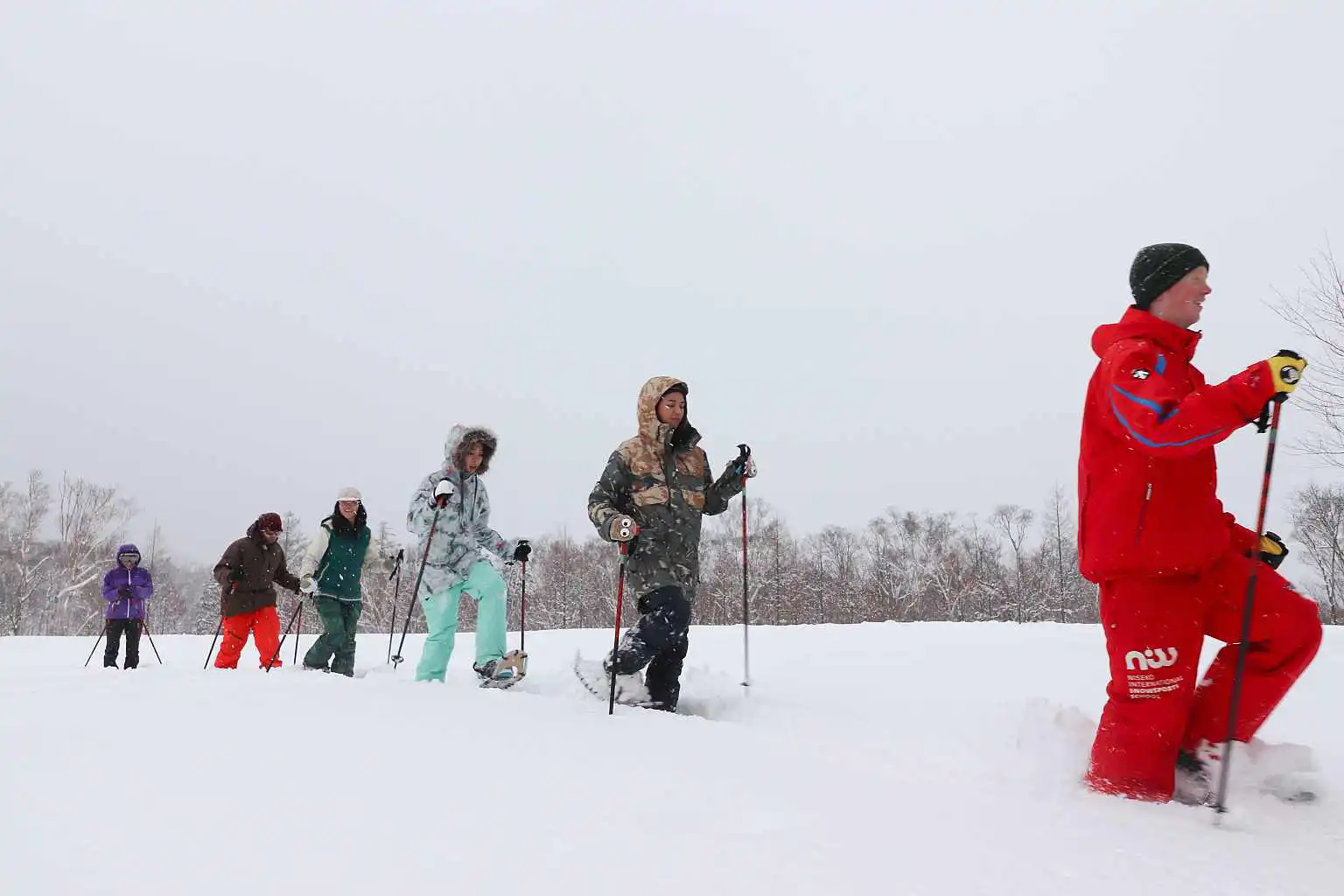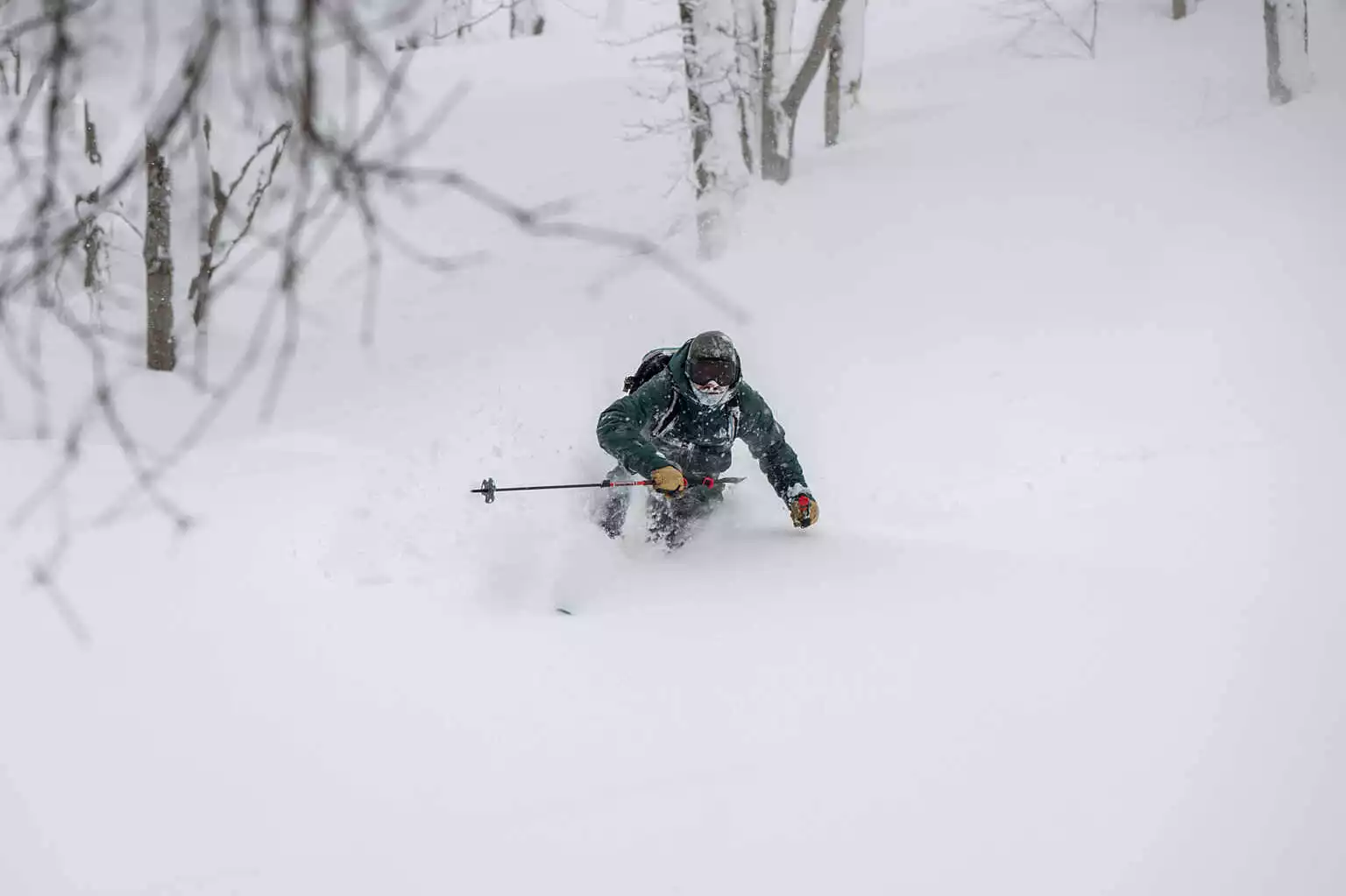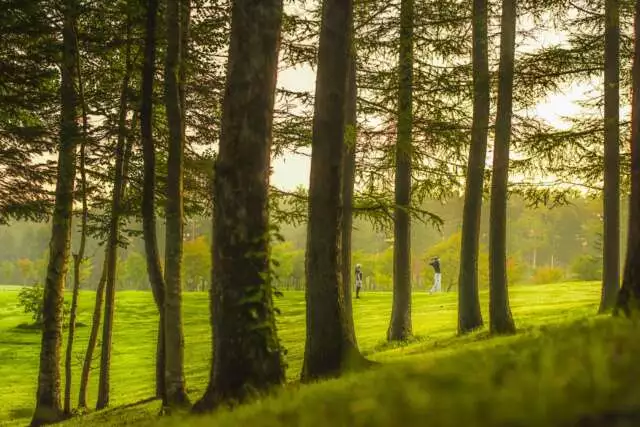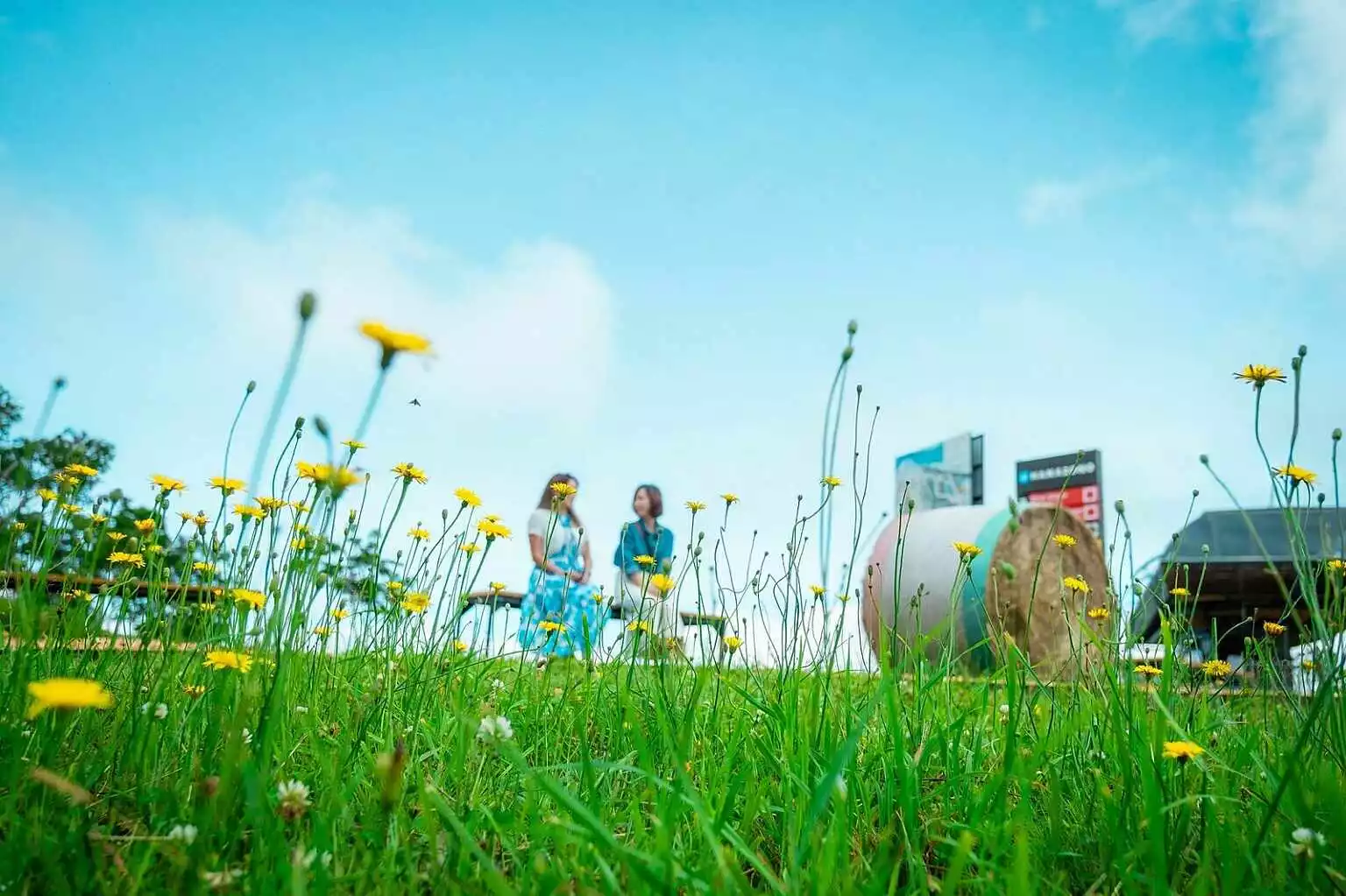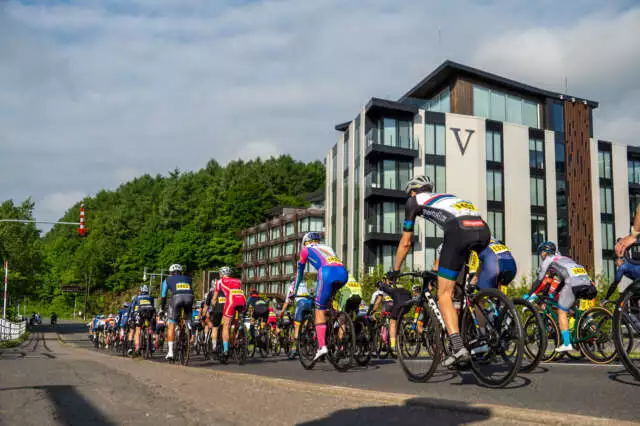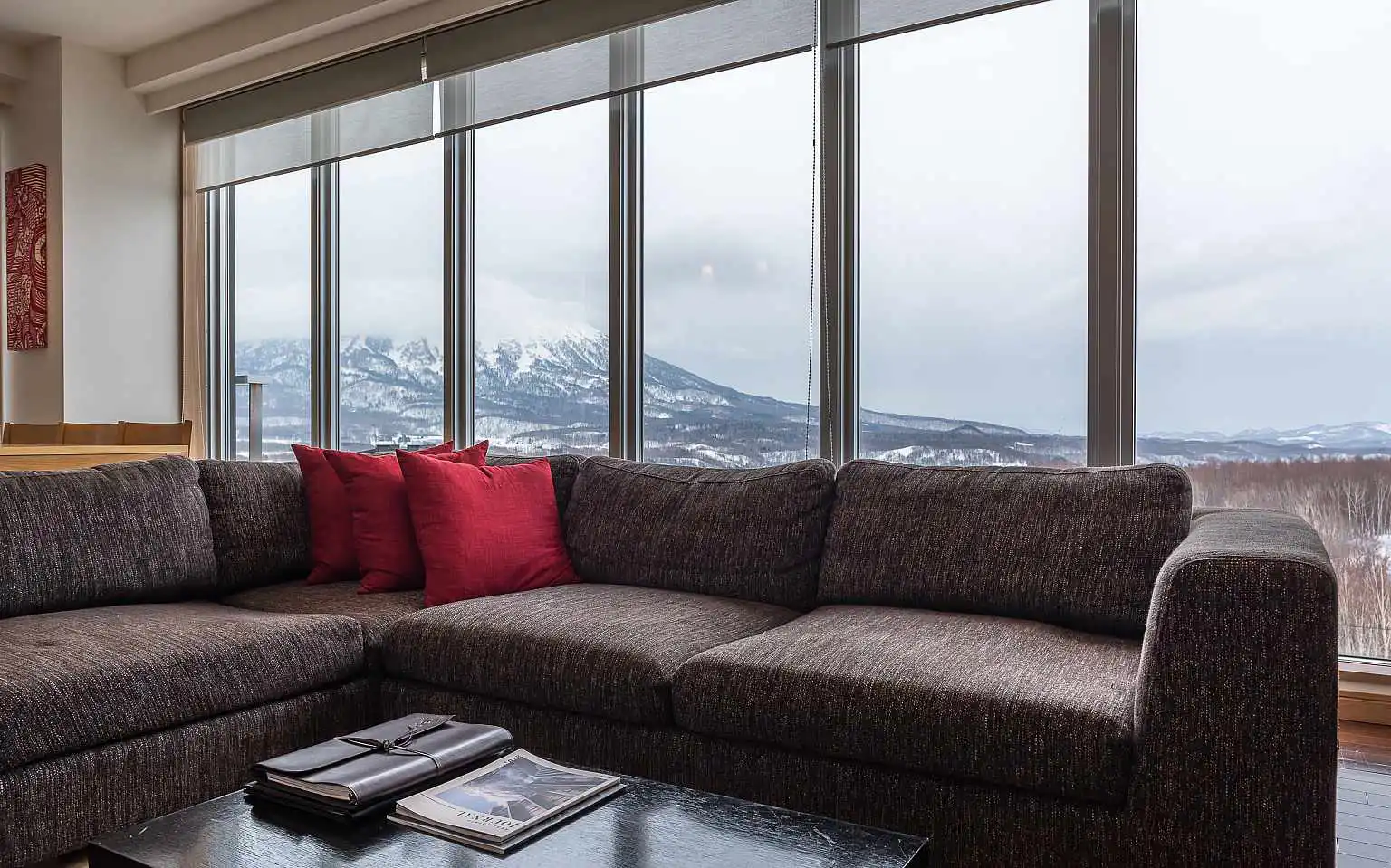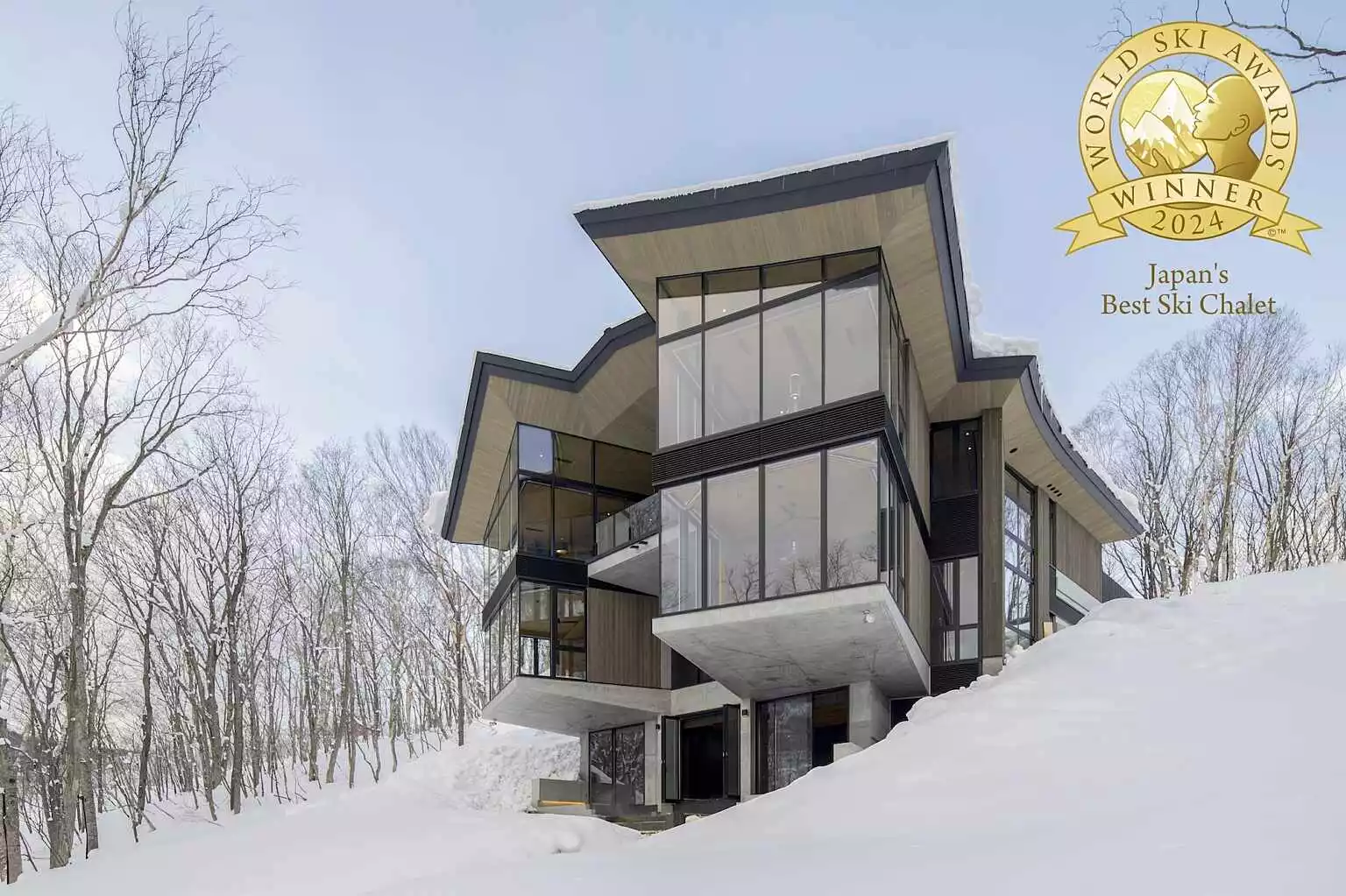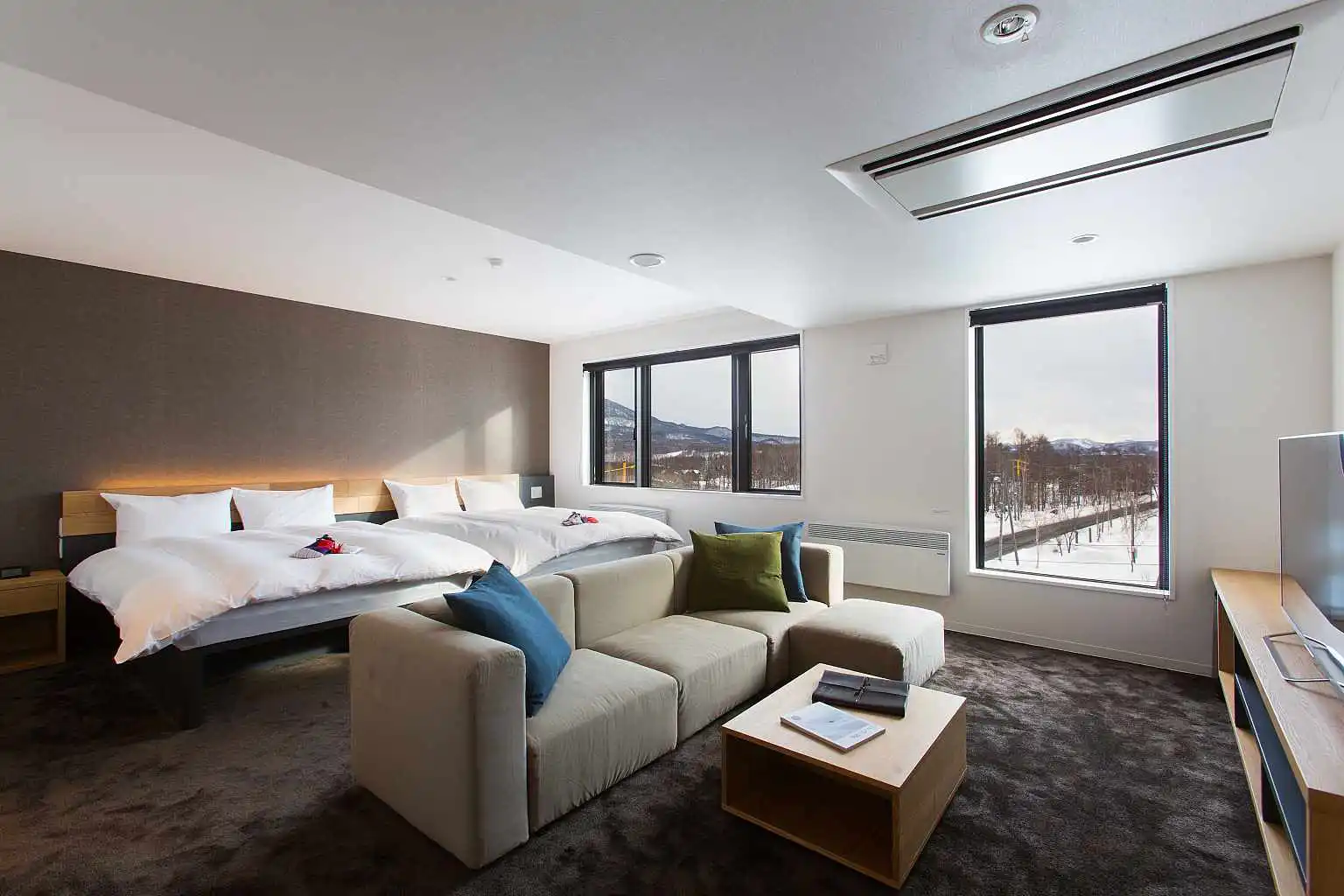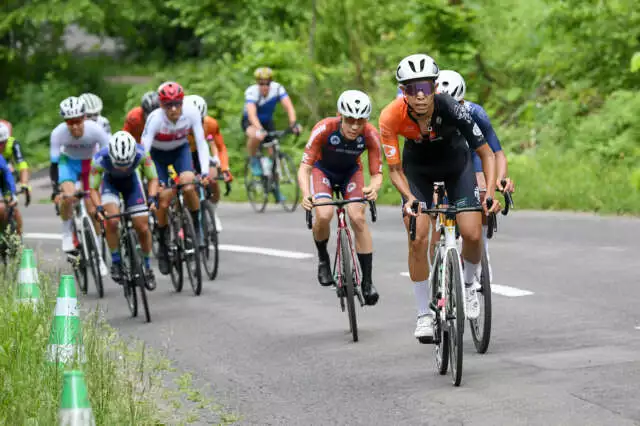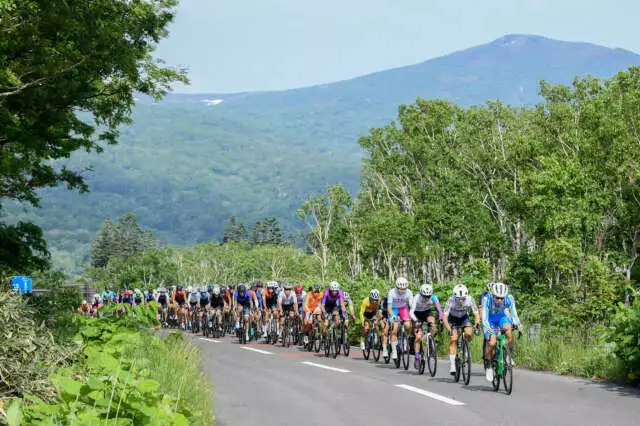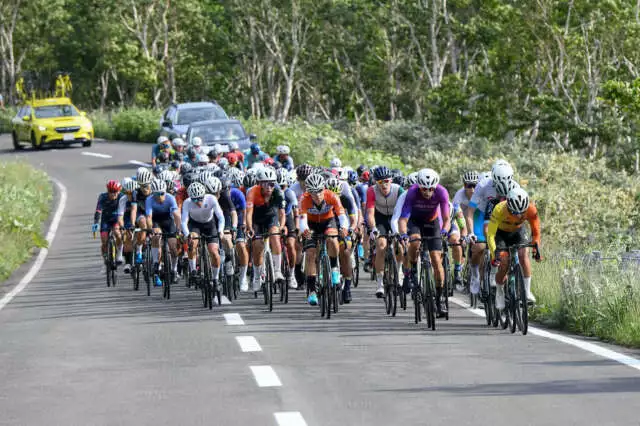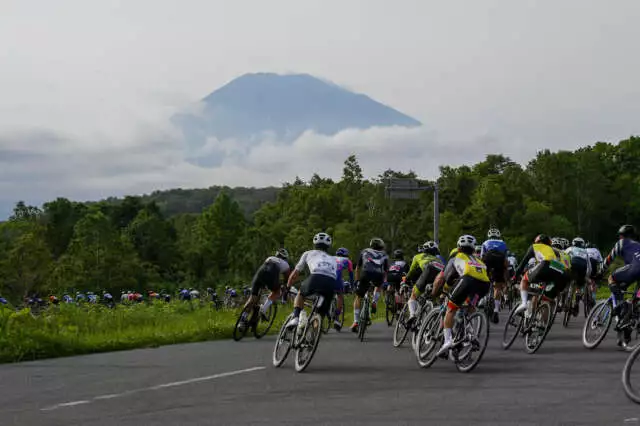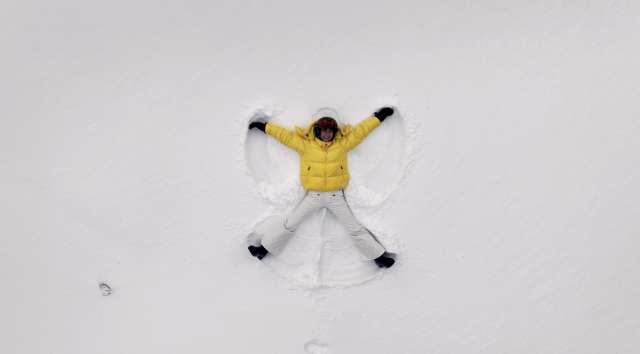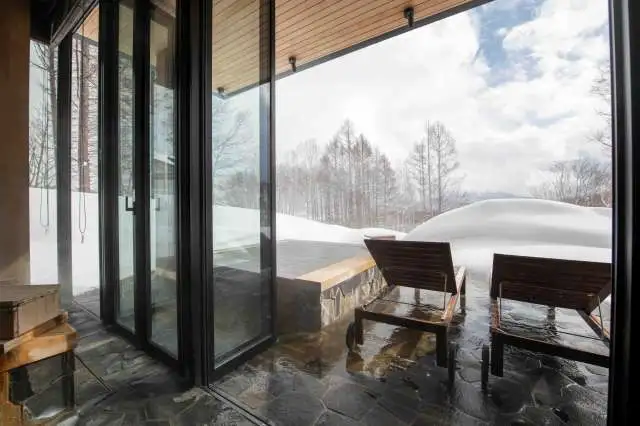
Cycling in Niseko: A General Manager’s Insider Guide To Exploring on Two Wheels
From the best cycling routes to what to get in the konbini to hydrate — here’s everything you need to know about cycling in Niseko.
Say Niseko and most people immediately think of exquisite powder snow, the perfect shape of Mount Yotei and the luscious cheesecake (and soft serve) from Milk Kobo. But there’s more to Niseko than being the “Aspen of Asia” — especially if you beat the crowds and explore it in the summer.
Mirko Corbella, Hotel General Manager of The Luxe Nomad Japan, knows the magical draw of Niseko during the green season. For him, it’s even more amazing when you explore it on two wheels.
“I was born in a house where bicycles outnumbered humans at times. My dad is a lifelong avid cyclist, and we always used bicycles in the local area where we lived and took them on holiday with us to explore further,” he says.
When he was 36, Mirko craved a lifestyle change that prompted him to return to his cycling roots. “I woke up one day in Phuket, weighing 106 kg, and bought a bicycle to get back in shape. The rest is history.”
When he’s not making sure everything in Niseko Kyo and The Vale Niseko is spic and span, Mirko swaps his suits for a full-on cycling kit and gets on the saddle. Here, he shares why Niseko is the ultimate cycling destination — no matter your skill level.
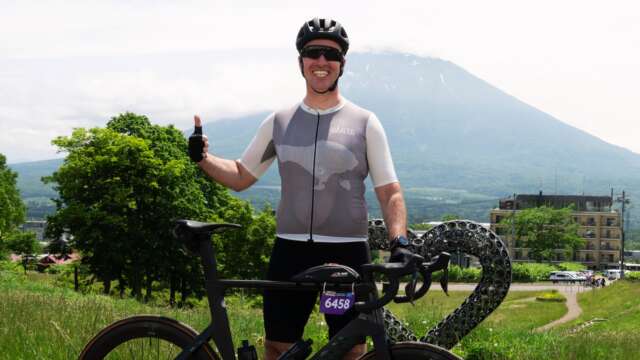
How would you describe the cycling scene in Niseko for those who haven't been?
Niseko has it all: flat sections, rolling hills, sharp climbs, as well as breathtaking panoramas along lakes, mountains and rivers. You’ll also find friendly inhabitants and a network of convenience stores and vending machines to quench your thirst, no matter where you are riding.
I love that traffic is non-existent, drivers and riders are extremely careful when passing cyclists, and there are many bicycle lanes and paths peppered along the popular cycling routes.
Niseko Classic is one of the most exciting cycling events in the region. What’s the vibe like?
A quick look at Niseko Classic's website, scrolling through the race courses and the results from previous editions, definitely gave the event a professional aura. Race pack collection on Friday and the Time Trial event on Saturday confirmed the high degree of efficiency of the organisers.
This year, racing vibes ran high in the morning of June 15th when over 1,000 riders lined up in the different racing categories and age groups to tackle the challenging 80km and 140km grueling courses.
Professional and serious riders aside, is Niseko also good for leisurely cyclists?
Niseko offers a free all-access pass to its gorgeous playground to riders of all ability levels wanting to explore its many natural wonders by bicycle. Gravel, mountain, road and touring bikes, some featuring electric motors to take the edge off the longer climbs or venture farther, are available for rent at competitive prices. You don't have to travel with your bicycle, and this gives you the freedom to combine your cycling holiday with a sightseeing tour to other parts of Japan.
Can you share your go-to cycling routes in Hokkaido and why are they worth exploring on two wheels?
Niseko offers a scenic 55km loop to observe Mount Yotei from every angle. The ring road is accessible to all levels and doesn’t require you to spend the entire day on the bike. Cafes and convenience stores are dotted along the route for pit-stops, too.
Riding up the Panorama Line towards Iwanai is an equally demanding and rewarding route appealing to more experienced riders. Having lived on islands for the past two decades, I find myself incredibly attracted to the water. As such, the coastal town of Yoichi to the north, Lake Toya to the south and Iwanai city to the west are among my favourite routes in Hokkaido.
Lastly, Furano and its surroundings are equally fascinating, with dreamy lakeside routes connecting the valleys and villages nestled in between.
Tell us, what do you do after a long cycle?
The first thing I do when I get off the saddle: stretching, stretching and more stretching. After that, I take a long shower to refresh my body and mind. Then I go for protein-rich food to speed up recovery.
Konbinis have a great selection of drinks, and I personally rely on the Morinaga In Jelly pouches to stay hydrated and powered up during long rides. The remainder of the day would be spent mostly horizontally and refuelling, with subsequent sessions of stretching to ease sore muscles. Bicycle care and maintenance would follow suit.
Lastly, please share 3 insider tips for those looking to travel to Hokkaido to cycle for the first time.
- Plan accordingly: Early June to late September are the best months to ride in Hokkaido without having to worry too much about the weather conditions. Choose your base and explore the area or plan a touring itinerary. It’s a good idea to carry a long sleeve waterproof jacket for whatever the weather forecast says it will not play ball the entire route.
- Ensure bicycle maintenance: Keep your steed in tip-top shape and have spare tubes and a hand pump to tackle any puncture with a smirk. Don’t let mechanicals or other issues stop you from having fun!
- Knowledge is power: Komoot and HokkaidoWilds are popular sites to plan your cycling adventures in Hokkaido. Facebook Groups Japan Cycling Navigator and Cycling in Japan are also excellent platforms to connect with like-minded cyclists who may have experienced Hokkaido or plan to do so.
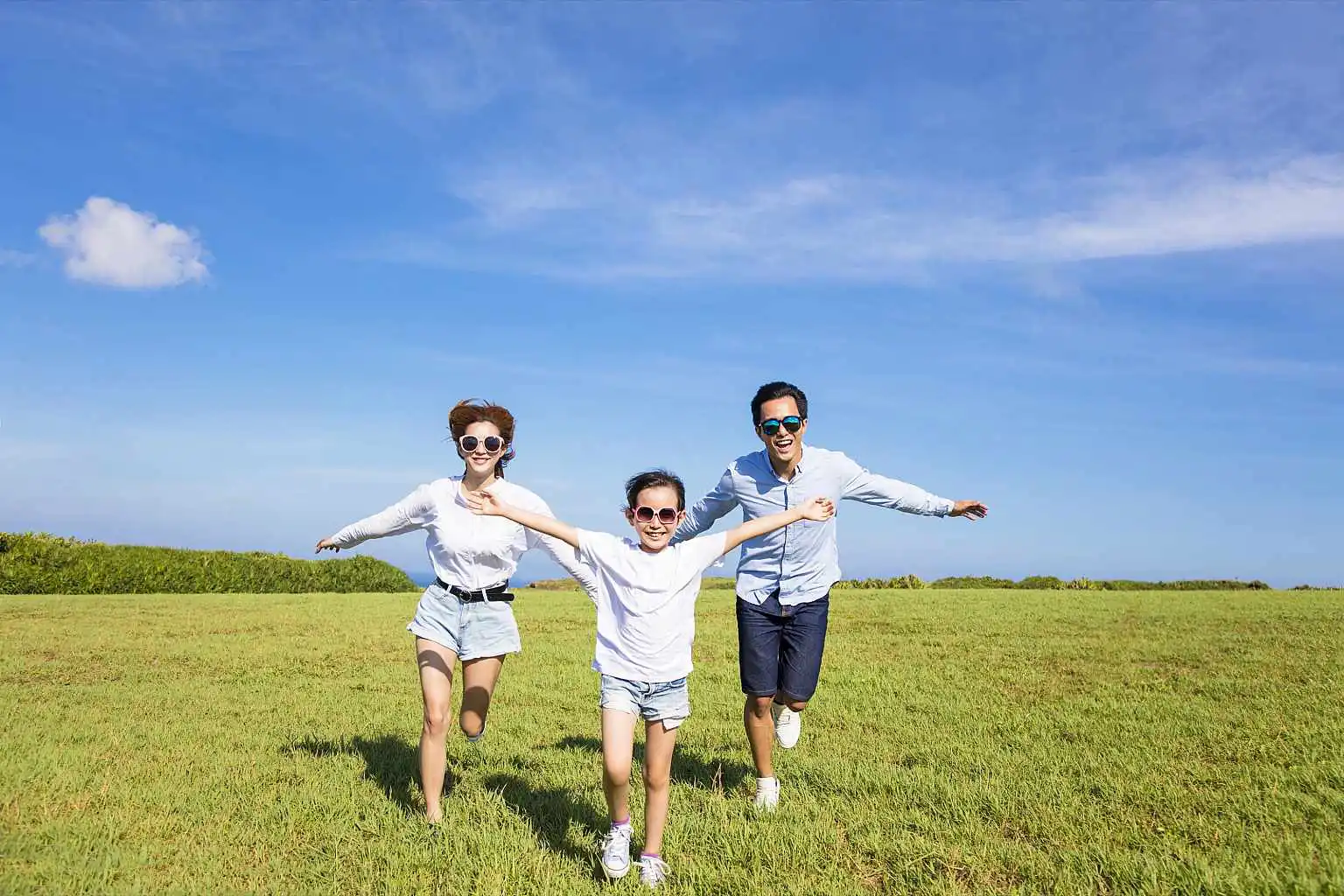
10 Summer Activities in Niseko, Furano and Rusutsu
Enjoy the Japanese summer season in Niseko, with our top 10 activities and accommodation for the green season.
Read More
Kissa Castañeda
Tags
More Articles

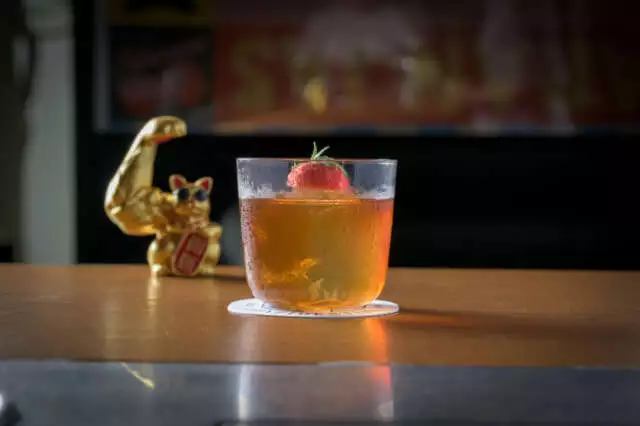
The Best Bars in Niseko: A Guide to Nightlife in Japan's Premier Ski Resort
